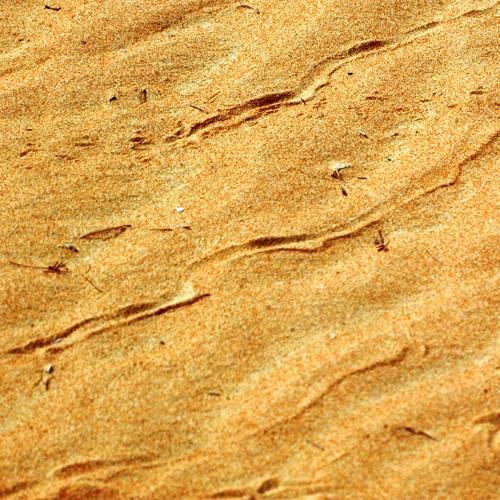To live in the middle of a desert, many animals have evolved or developed systems of adaptation that allow them to live in such a hostile environment.
Among other adaptations, they have developed ways of movement through (and over) hot and soft as well as sinking sands.
Movement on or through sand is a difficult proposition. Having a light and streamlined body is an asset that helps animals to have easy movement.
However, sand vipers found in our deserts, like other vipers, have a bulky body and their movement is slow. As a result, there was a chance of their bodies sinking into the sand because of the slow progression.
To counter this problem, the snake developed an innovative method in its evolution – a process called ‘side winding'. In this case, the snake throws its body into a wave-like motion, whereby only two points, at either end of the body, touch the sand. The entire body weight is thus transferred to these two points giving leverage for sideways movement.
When a snake is performing side-winding, we only see a series of J-like parallel marks on the sand. In reality the head and tail segment of the ‘J' touch the sand. This mode of progression is pretty fast because the whole body never touches the sand in full force.



